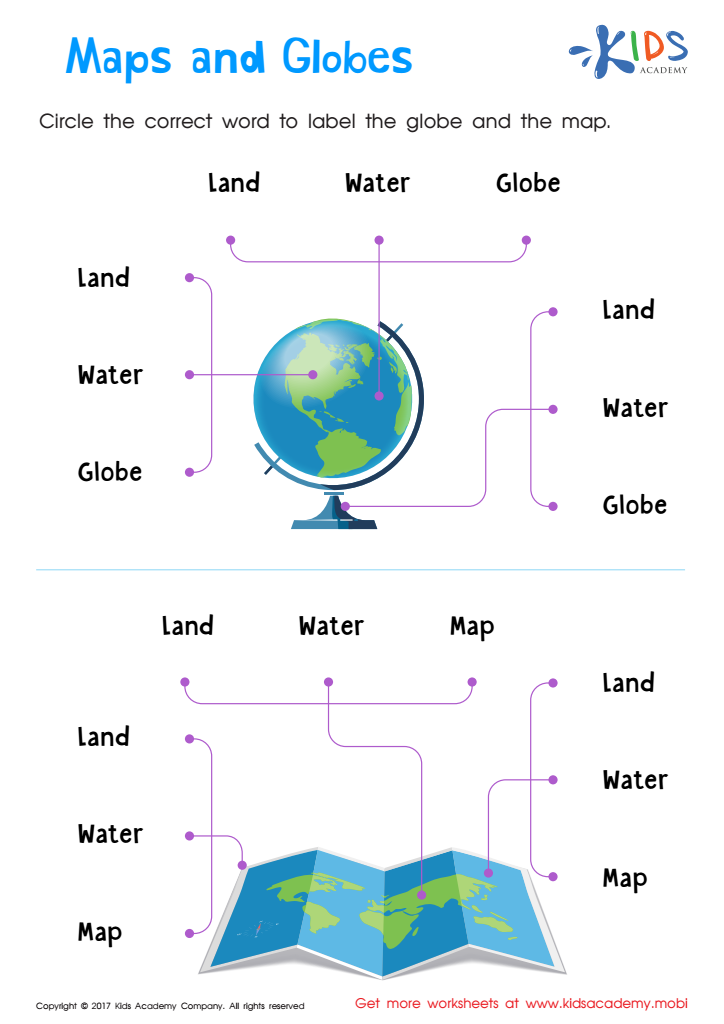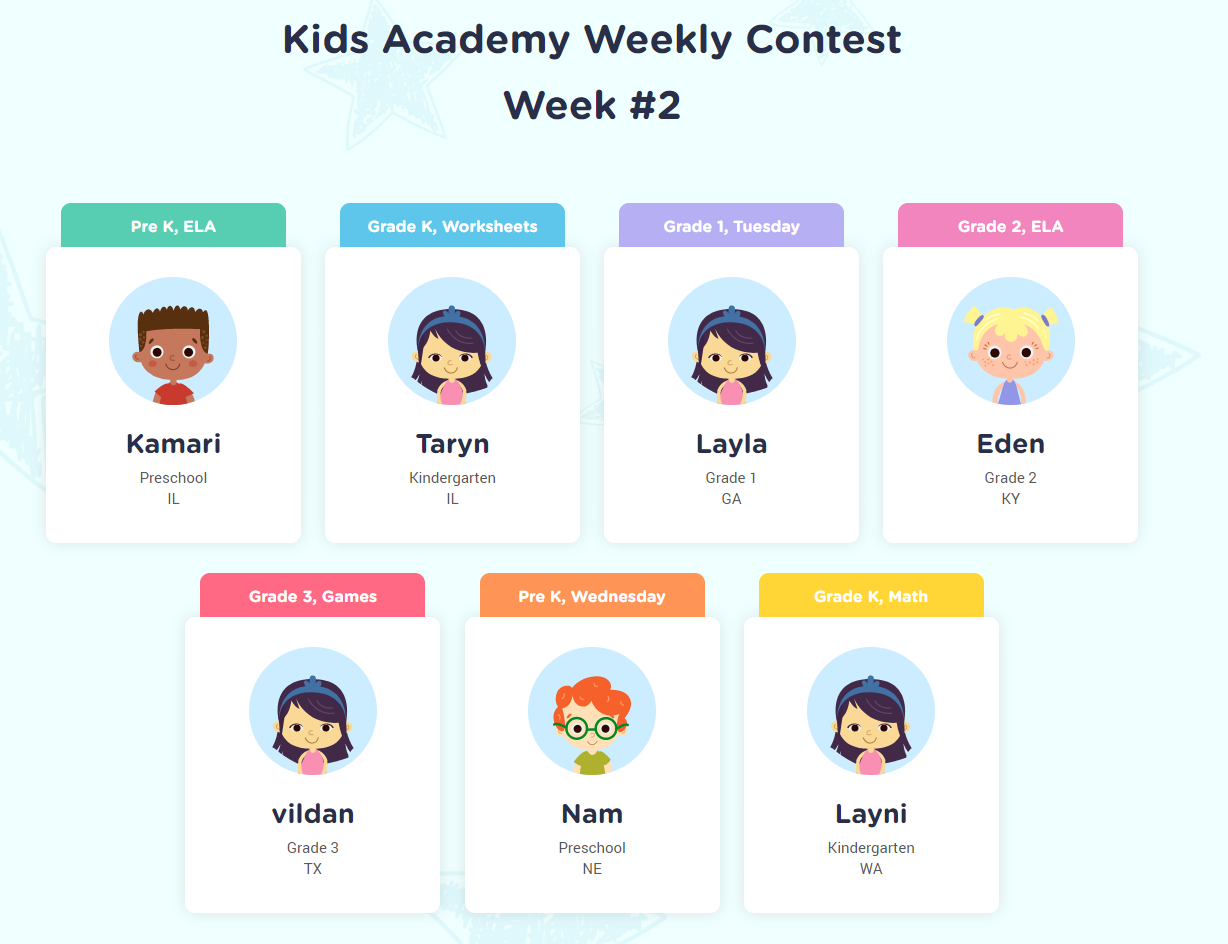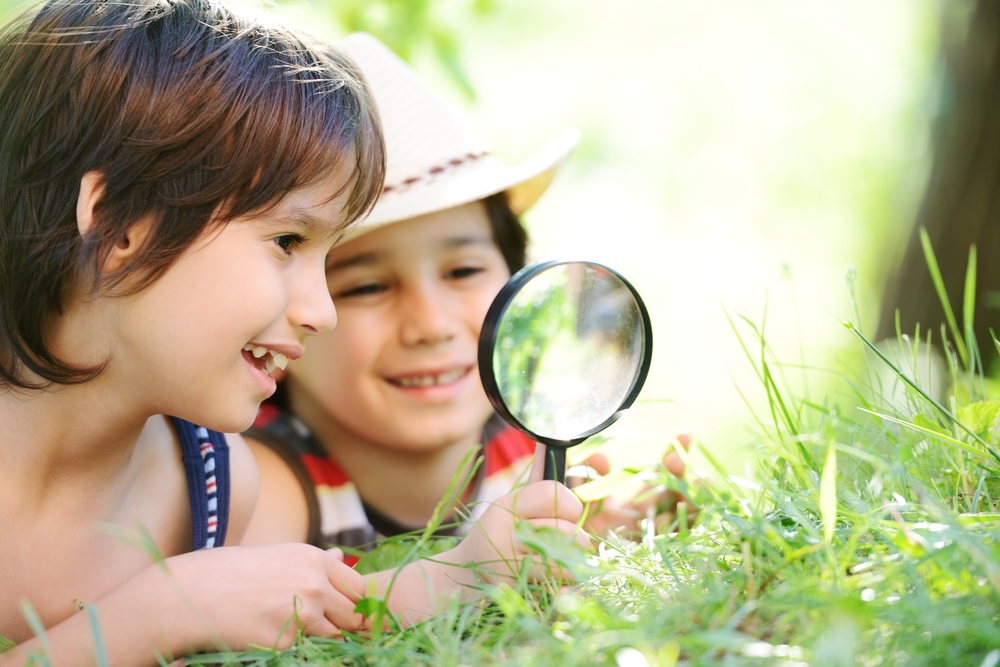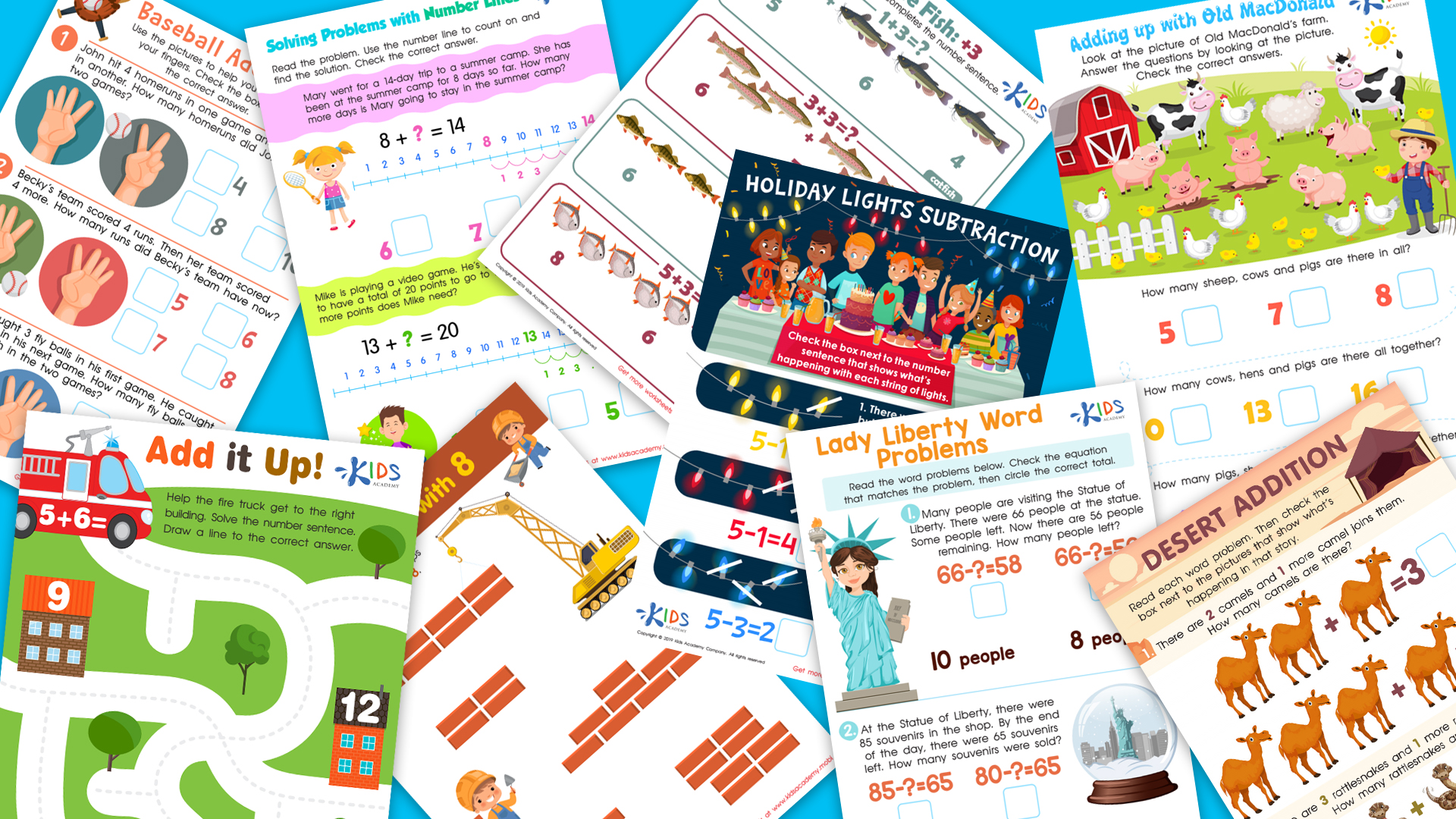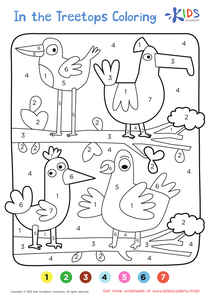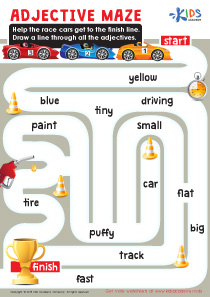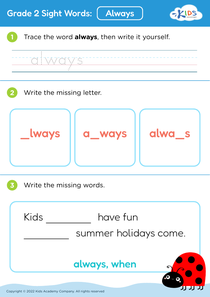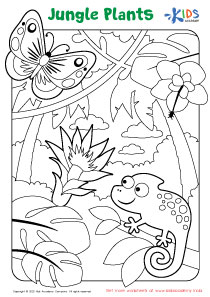2.Earth’s Systems: Processes that Shape the Earth
8 filtered results
-
From - To
Explore the fascinating world of Earth’s systems! In this interactive section, second graders will discover the fundamental processes that shape our planet. From weather patterns and the water cycle to how landforms are created and transformed, students will learn about the dynamic interplay between the atmosphere, hydrosphere, geosphere, and biosphere. Engaging worksheets and activities foster curiosity and help young learners understand how these systems work together. Perfect for enhancing classroom lessons or independent study, this resource promotes critical thinking and a passion for science. Dive in and uncover the wonders of Earth's ever-changing landscape today!
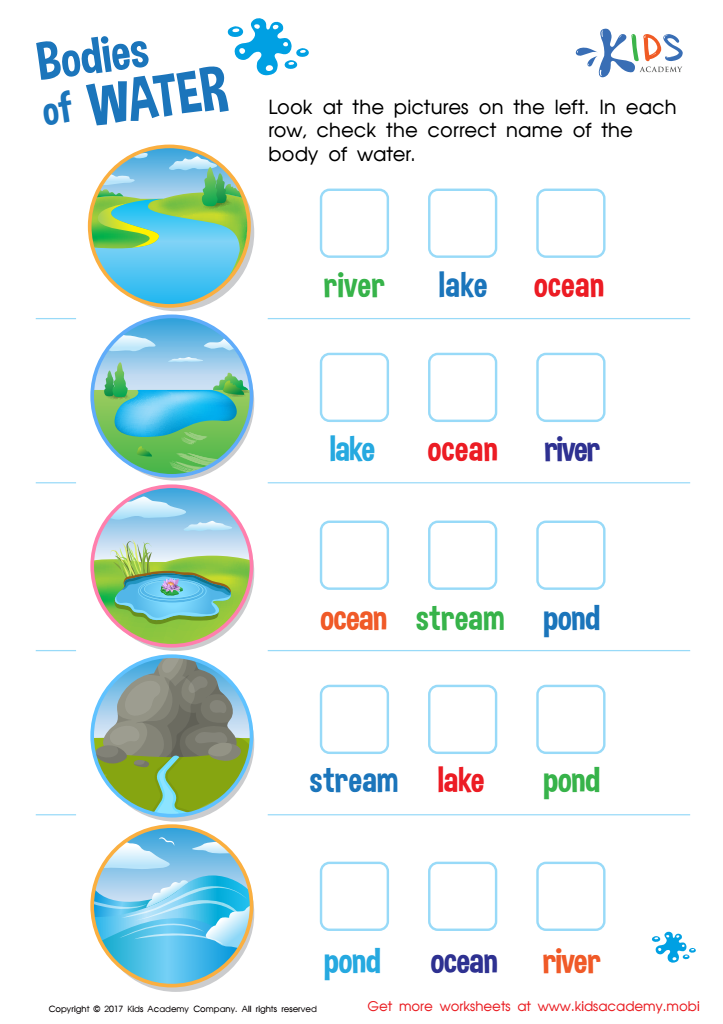

Bodies of Water Worksheet
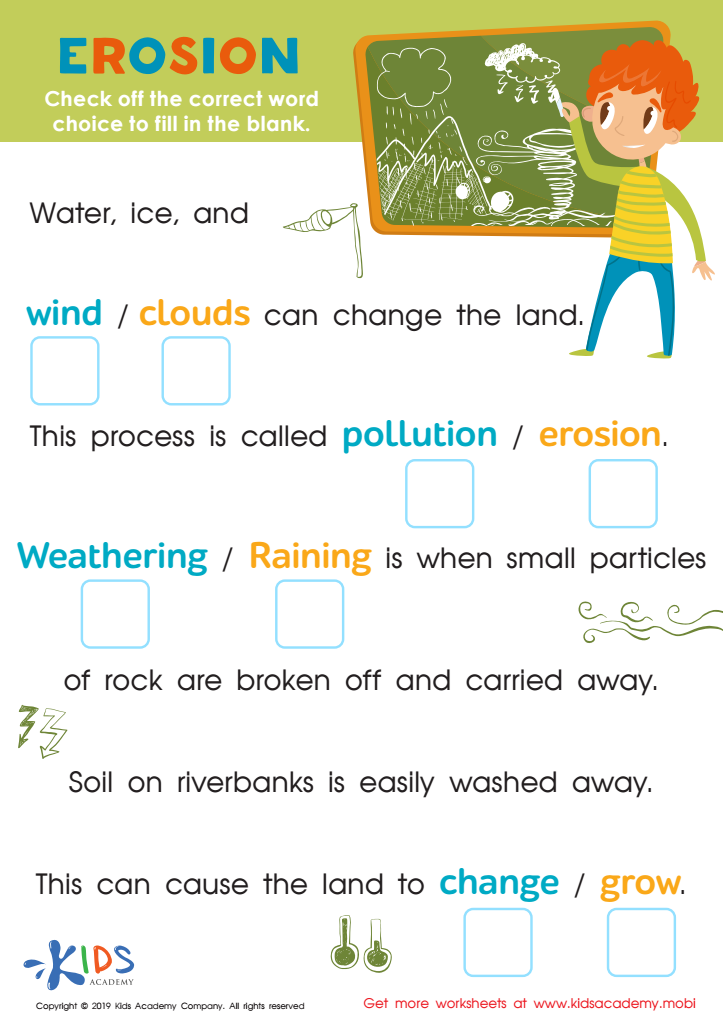

Erosion Worksheet
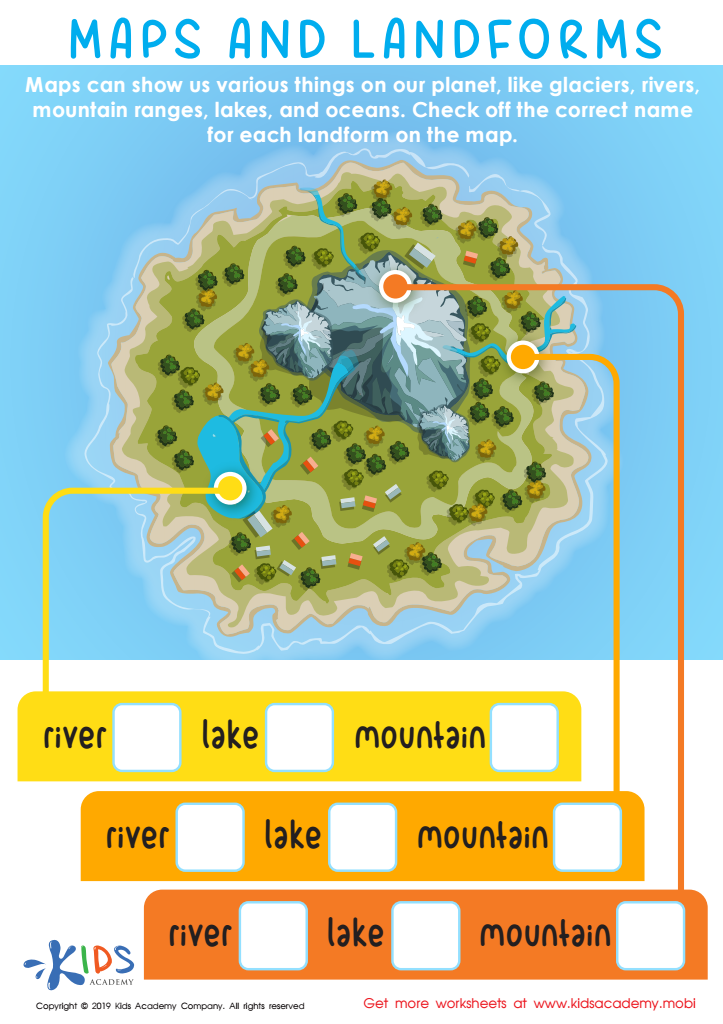

Maps and Landforms Worksheet
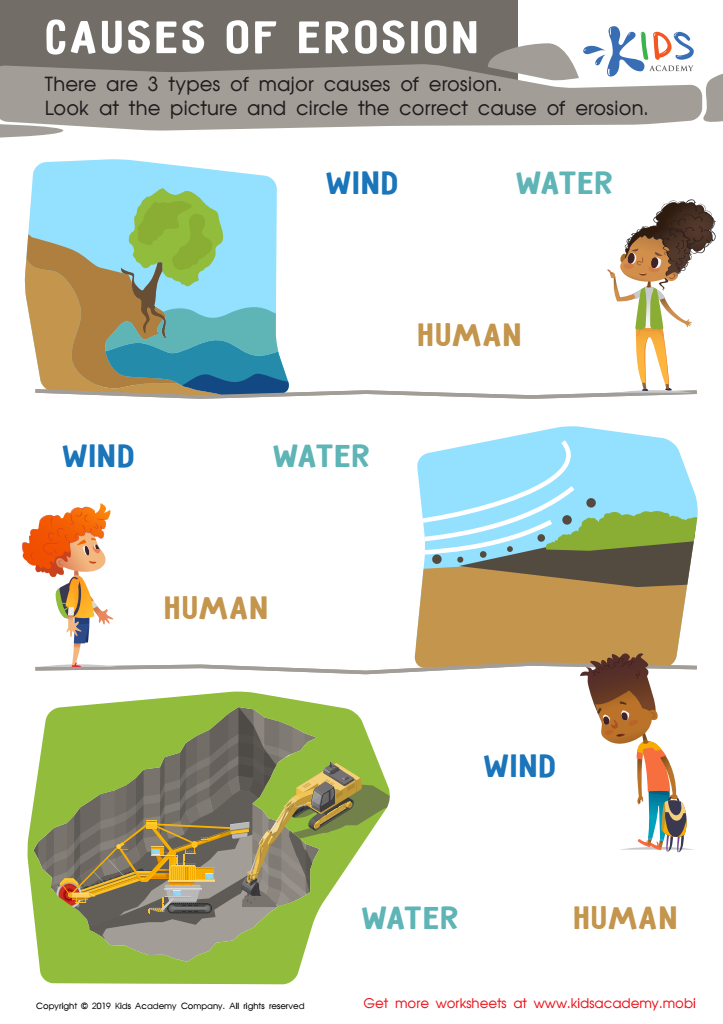

Causes of Erosion Worksheet
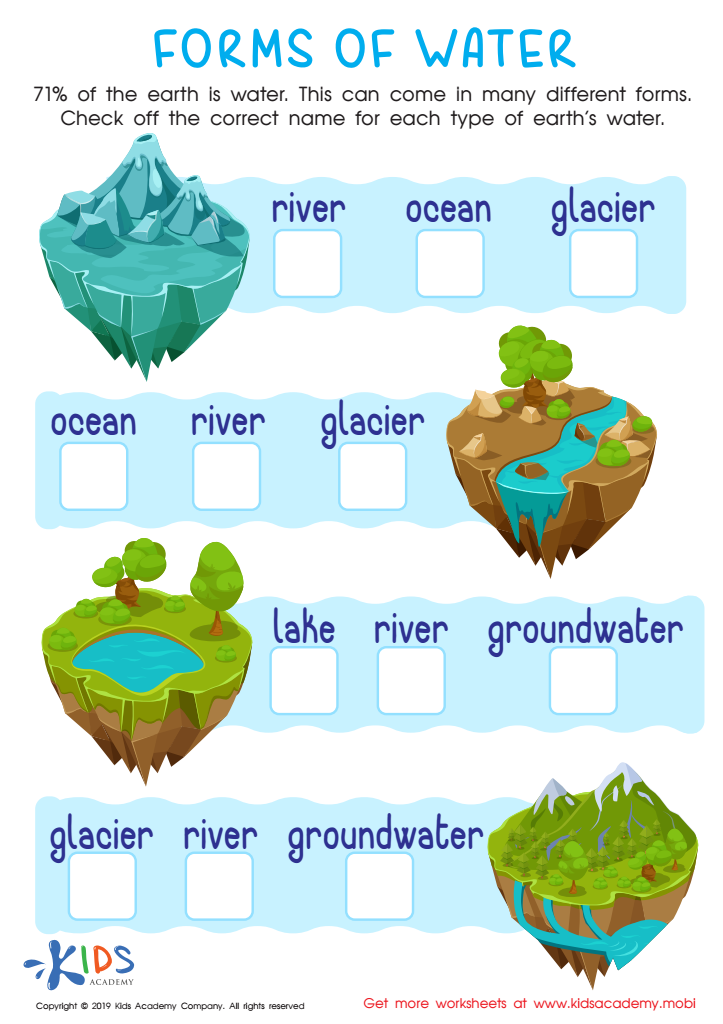

Forms of Water Worksheet
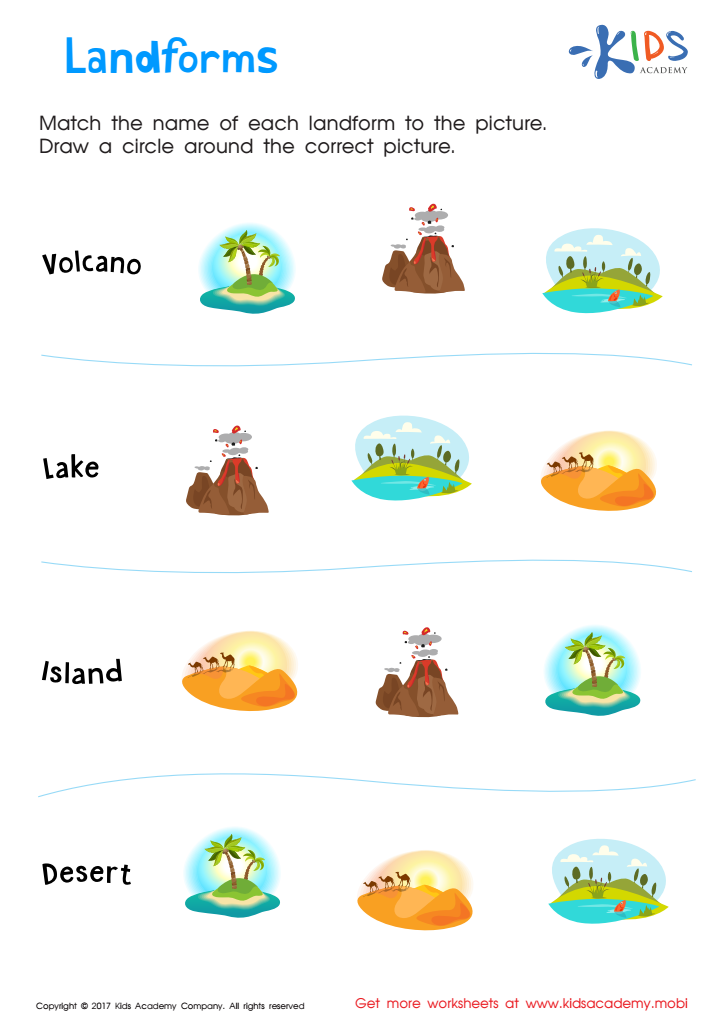

Landforms Printable
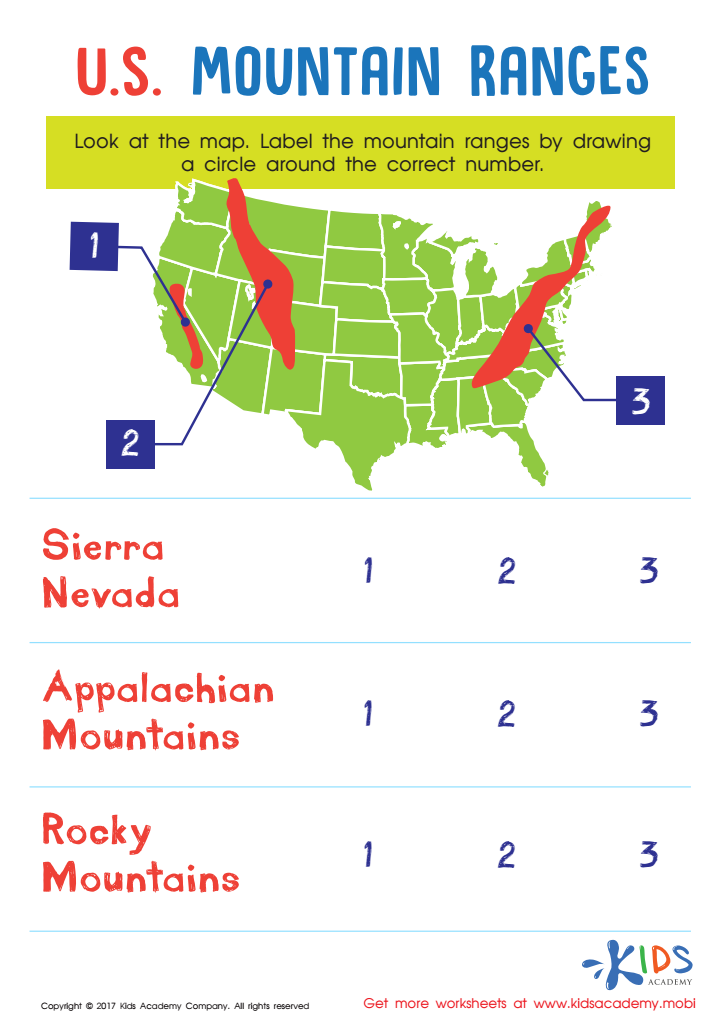

US Mountain Ranges Worksheet
Understanding Earth’s systems and the processes that shape our planet is essential for both parents and teachers because it fosters a holistic view of the environment, encouraging responsibility toward sustainability. Earth’s systems—such as the atmosphere, hydrosphere, lithosphere, and biosphere—interact through processes like weathering, erosion, and the water cycle, influencing climate, land formation, and ecosystems. By grasping these concepts, children learn the interconnectedness of natural systems and human impacts, which is fundamental in today’s context of climate change and environmental challenges.
Educators and caregivers play a pivotal role in nurturing curiosity about Earth. Teaching students about these processes instills a sense of stewardship, motivating them to explore, question, and engage with their surroundings. This foundational knowledge also supports critical thinking skills, enabling children to analyze global issues and participate in discussions about human rights, conservation, and sustainable practices.
Moreover, understanding Earth’s processes can foster a love for science and nature, paving the way for future studies and careers in environmental science, geology, and climate activism. By embedding Earth systems education in early curricula, we equip the next generation with the knowledge and passion to create a healthier, more sustainable world.

 Assign to My Students
Assign to My Students
